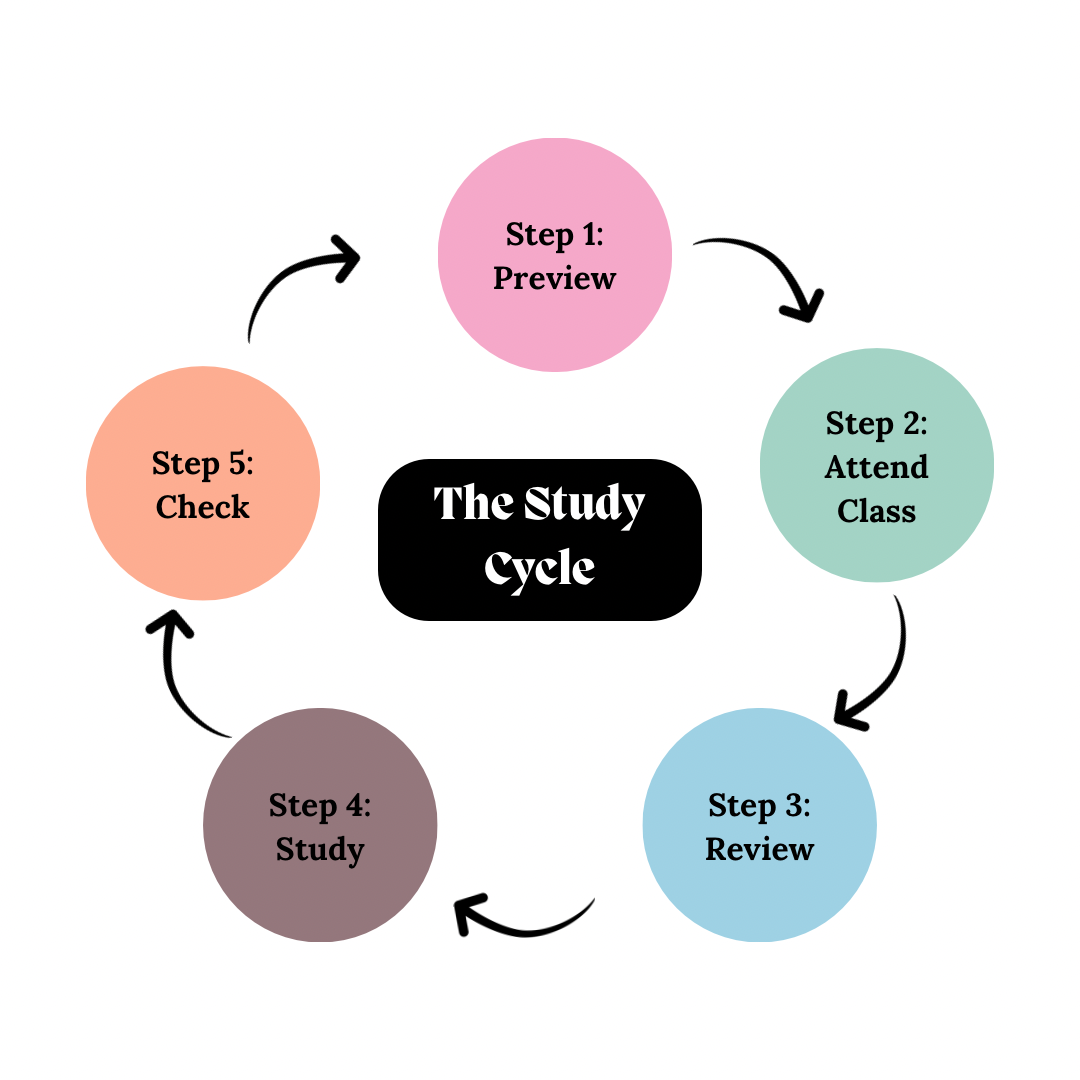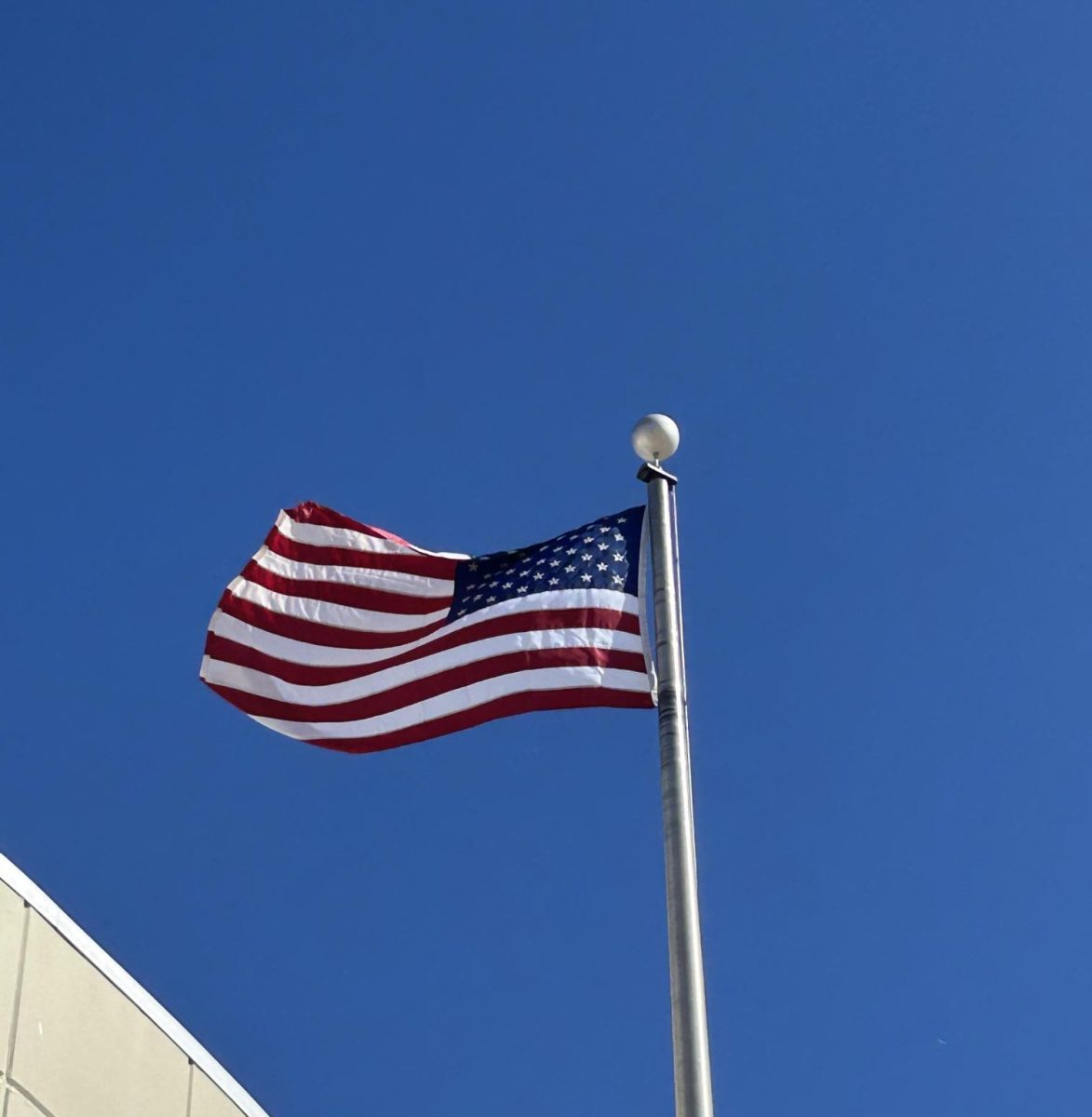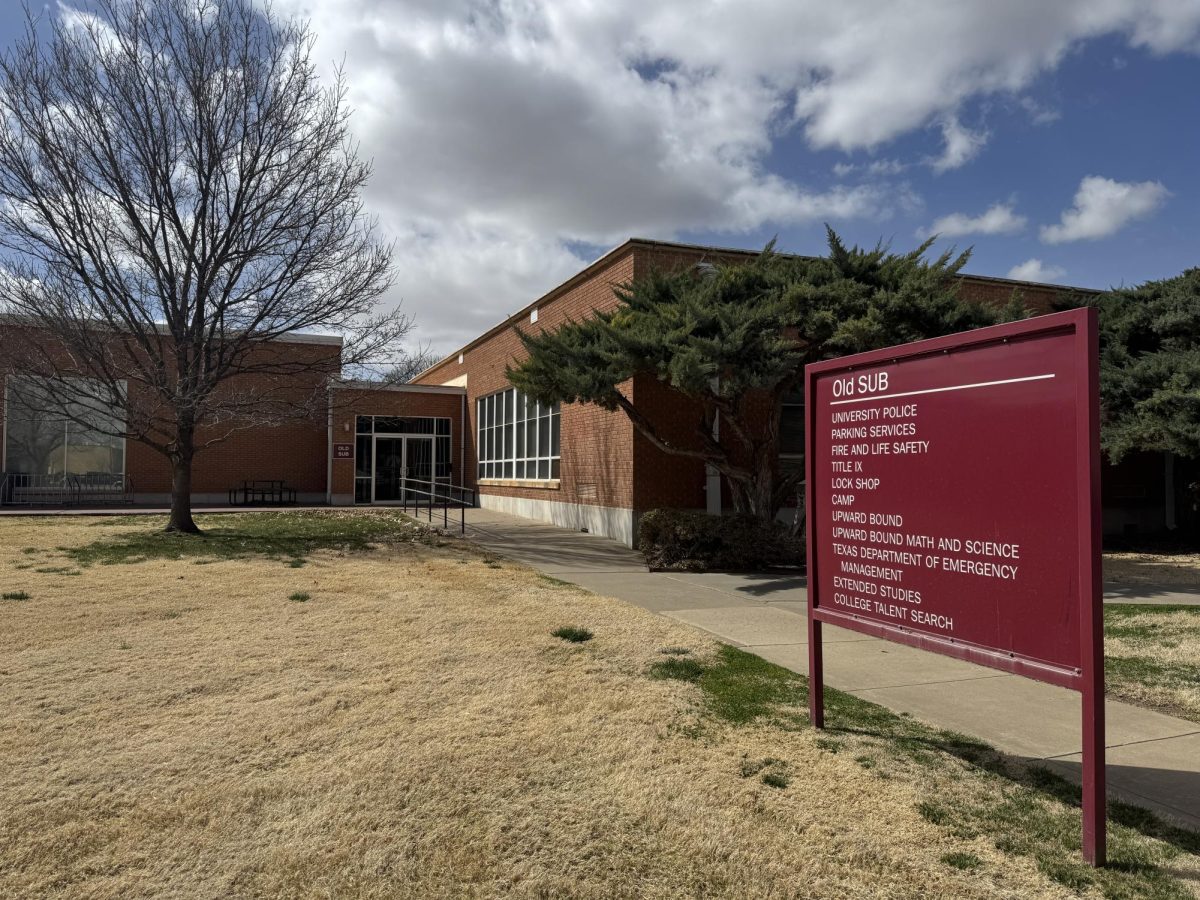
The first Monday in 2005,after Thanksgiving weekend, was given the name Cyber Monday by Shop.org, a division of the National Retail Federation (NRF). Contrary to today, back in 2005 Cyber Monday attained being the tenth busiest day of the year for e-commerce (electronic purchasing transactions on the Internet) stated Internet analytics company comScore. But in 2006, Cyber Monday fell to the position of twelfth.
“It was pretty amazing the way it took off,” Scott Silverman, who used to be the executive direct of Shop.org, said. Silverman and Ellen Davis an official with NRF, were the two-person team who created the name for Cyber Monday.
However, the name caught the attention of many retailers. Advertising steep discounted merchandise and development of apps caught the attention of consumers that soon started purchasing more on Cyber Monday.
“It became a self-fulfilling prophecy,” Andrew Lipman, Vice President of Marketing and Insights at comScore, said.
In 2012, Cyber Monday online orders hit $1.5 billion and these sells are projected to increase to $1.8 billion this year. However, the projected total is higher, at $2 billion, when both e-commerce and mobile commerce sales are combined.
Over the past eight years, e-commerce has been steadily increasing. According to ShopperTrak, e-commerce is only a fraction compared to actual retail stores, which 2012 sales were about $11.2 billion.
Cyber Monday grew 17 precent from 2011-2012 and is still expected to grow due to social media and Pinterest. An analytics report was released by Adobe showing the generated sales via Facebook and Twitter accounted for 77 percent of referral sales from posts and tweets. Pinterest tops both Facebook and Twitter referral sales, at a huge increase of 105 percent from 2011-2012.
Despite growth in sales and the stock market, investors are still cautious. Morgan Stanley predicted that 2013 quarterly sales will be the weakest for retailers since the stock market crash in 2008. Conference Board’s index stated that even with the rising stock market and lower unemployment rates, consumers are still cautious about spending.







